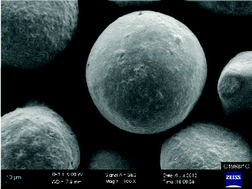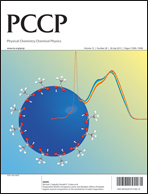Fischer–Tropsch (FT) synthesis is an important process to manufacture hydrocarbons and oxygenated hydrocarbons from mixtures of carbon monoxide and hydrogen (syngas). The catalysis process occurs on, for example, cobalt metal surfaces at elevated temperatures and pressures. A fundamental understanding of the reduction pathway of supported cobalt oxides, and the intermediate species present during the activation, can assist in developing improved industrial supported cobalt catalysts. Hard synchrotron X-rays have the unique ability to probe atomic processes both in terms of phases present as well as the crystallographic and local structure (using the pair distribution function approach) under realistic conditions. In this manuscript we present results from measurements during in situ hydrogen activation of a model Co/alumina catalyst using in situ synchrotron X-ray powder diffraction and pair-distribution function (PDF) analysis on beam line ID31 at the ESRF in Grenoble, France. The PDF analysis showed a substantially improved understanding of the reduction of cobalt oxides, as for the first time all cobalt could be accounted for by using total scattering analysis.

You have access to this article
 Please wait while we load your content...
Something went wrong. Try again?
Please wait while we load your content...
Something went wrong. Try again?


 Please wait while we load your content...
Please wait while we load your content...